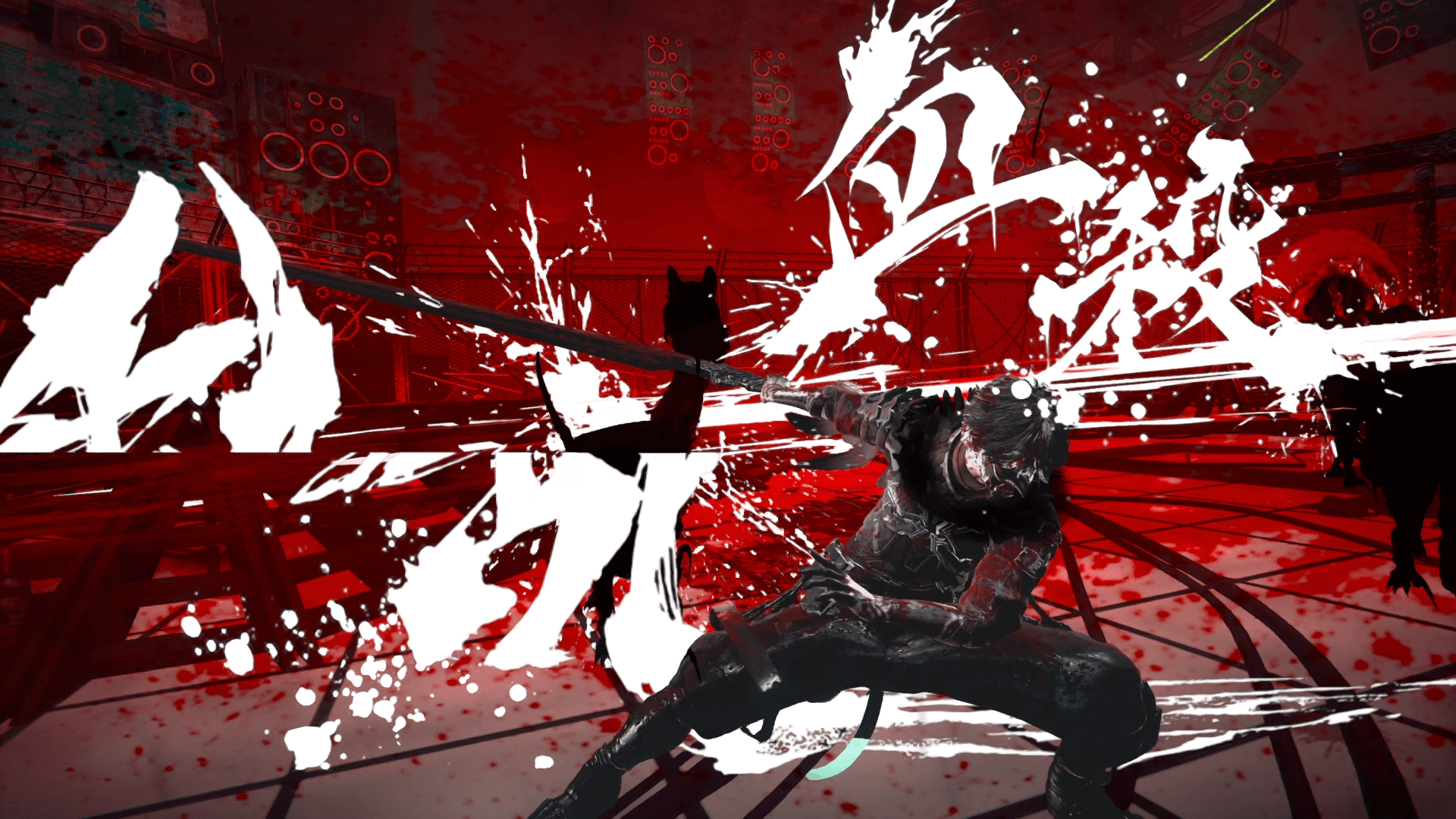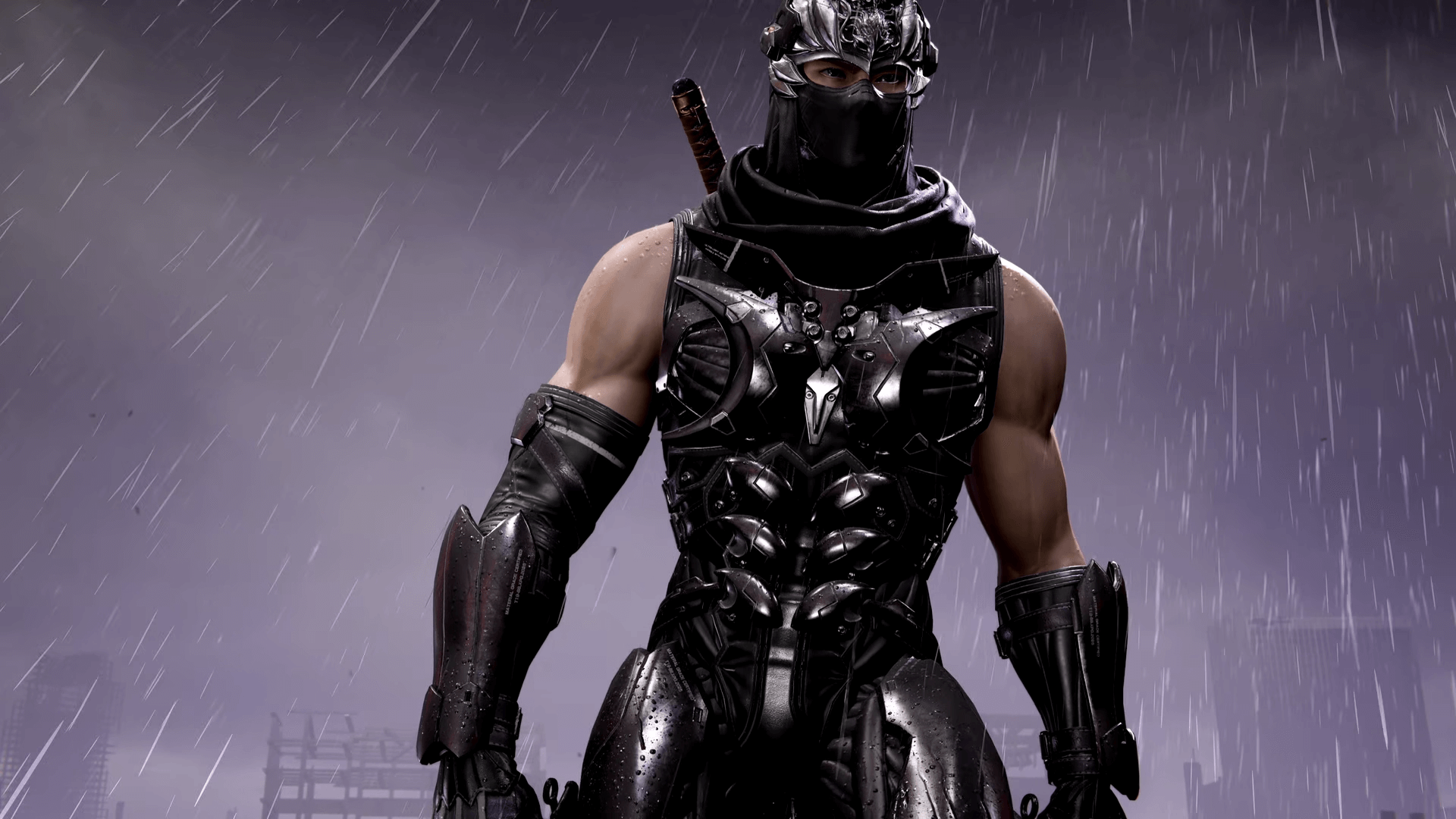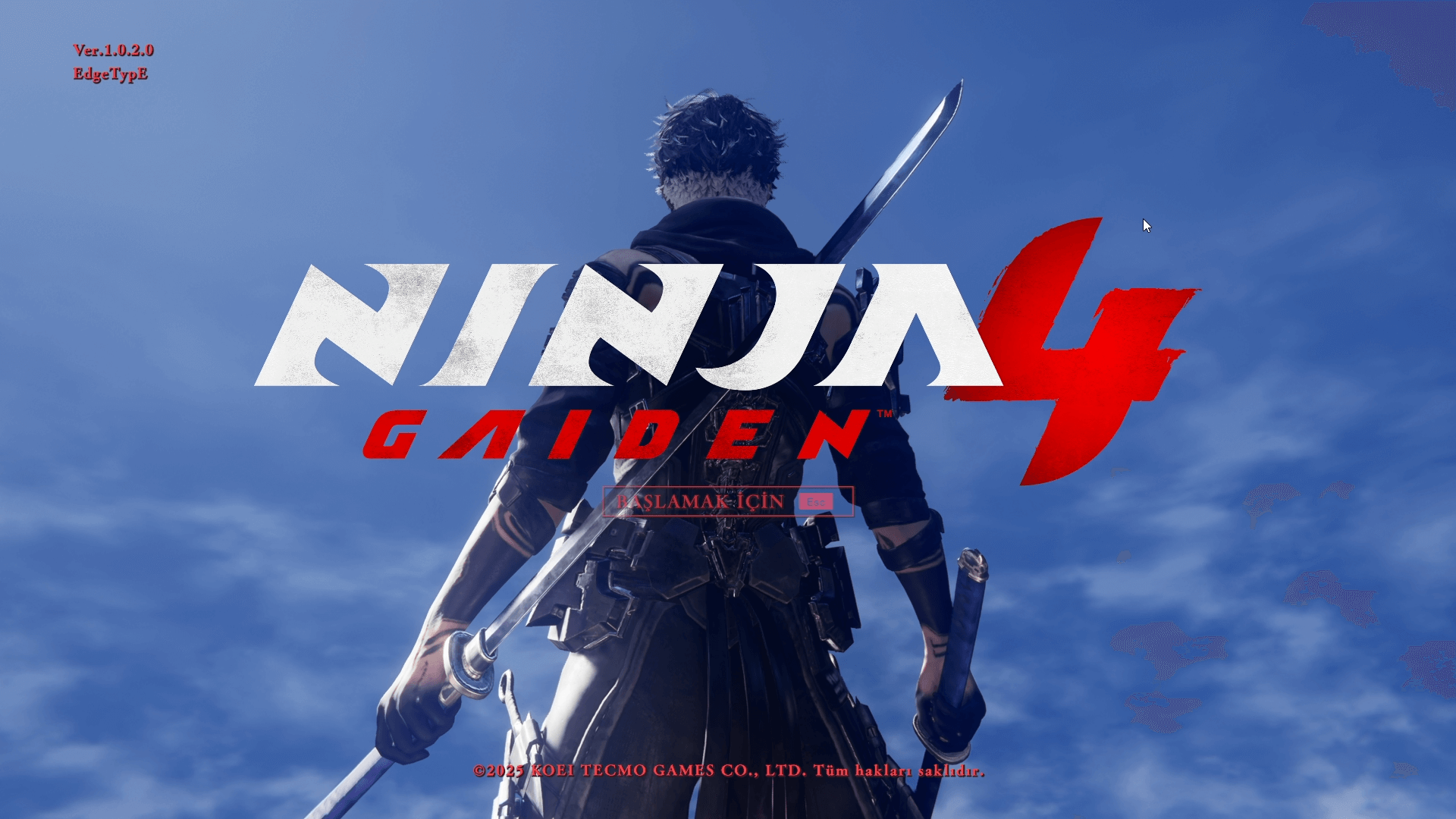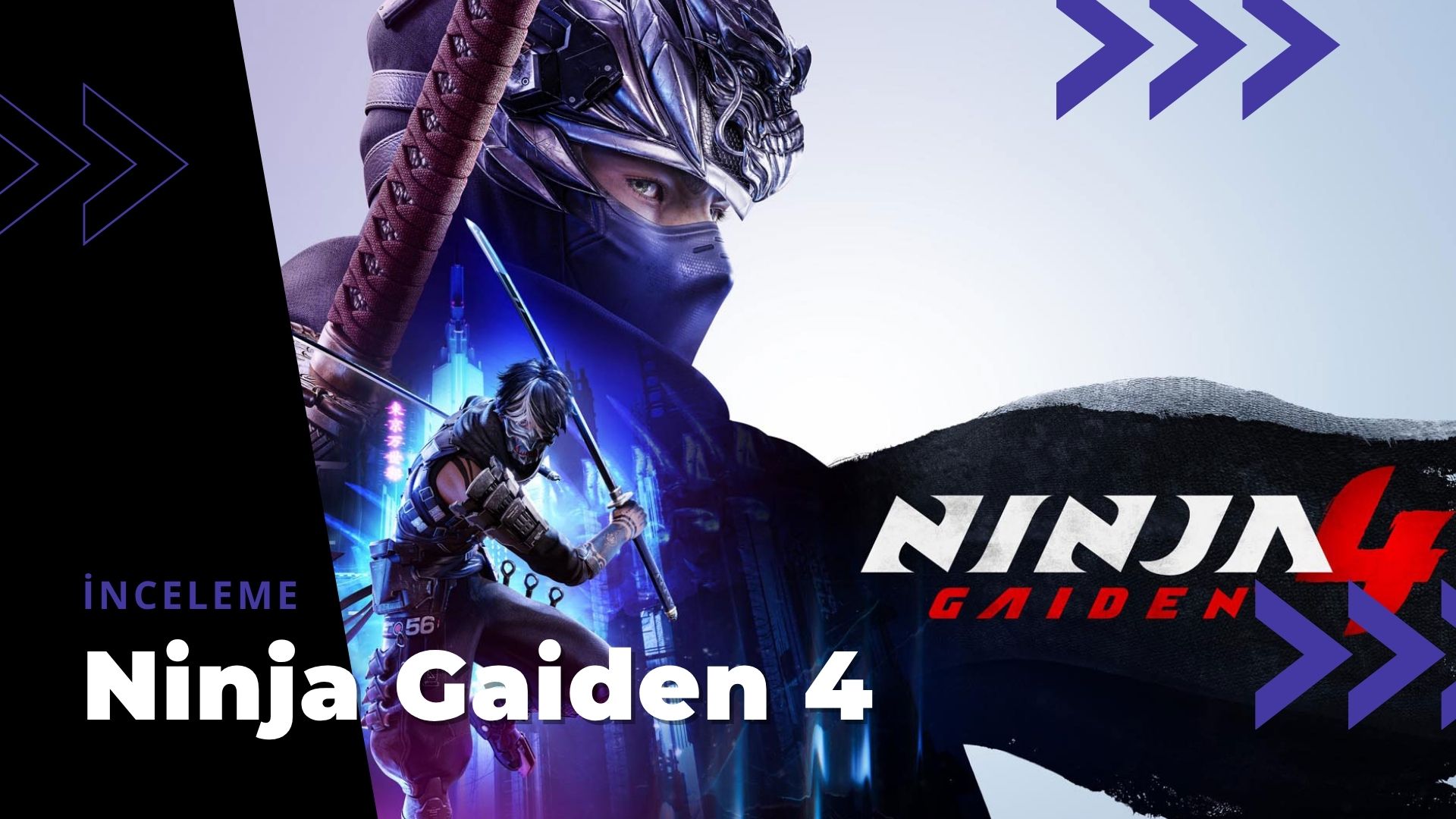The legendary Ninja Gaiden series has returned after a long hiatus. But does this comeback live up to its storied legacy? Let’s dive in.

Let’s be clear: Ninja Gaiden 4 is a straightforward hack-and-slash. It’s one of those games where you can switch off your brain, ignore the plot, and simply carve through anything that moves. In today’s market, that’s a rare breed, which earns it some immediate goodwill.
A Tale of a Dragon, Barely Told
As someone who isn’t a long-time veteran of the series—my only experience being the polished Ninja Gaiden 2 Black earlier this year—I may have missed subtle narrative nods intended for die-hard fans. If you’re a series purist and want to avoid any spoilers for the story or gameplay, I suggest you stop reading here.

The game is set in a future where Tokyo has transformed into a Gotham-like metropolis. Our new protagonist, Yakumo, and his clan aim to save the city by reviving the Dark Dragon—an entity Ryu Hayabusa has already defeated three times—just to kill it one more time. Throughout the game, our enemies, including Ryu Hayabusa himself, attempt to stop this revival. It seems Ryu is understandably tired of this resurrect-and-destroy cycle.
That’s pretty much the entire story. While you don’t typically play a Ninja Gaiden game for its deep narrative, the near-total absence of a compelling plot can wear down your motivation. My playthrough, focusing solely on the main story, clocked in at around 14 hours. A flawless, deathless run could probably be done in 6-7 hours, but this is Ninja Gaiden, so that’s unlikely. Over such a lengthy playtime, even varied gameplay can’t entirely make up for the lack of a narrative driving force.
The Way of the Blade
You play as both Yakumo and Ryu Hayabusa across 19 chapters, but only five of these are dedicated to Ryu. These sections are also significantly shorter and feel more like rushed, repetitive versions of Yakumo’s levels, which left me wanting more.
Yakumo is the clear focus, equipped with five different weapons, from dual katanas to a spear and a staff that transforms into a hammer. While the weapons don’t feel radically different from one another, they provide enough variety to keep combat engaging. You unlock new skills and moves as you progress, though you won’t earn enough in-game currency to unlock everything by just playing the main story; you’ll need to dip into side quests for that. Thankfully, the game doesn’t gate your main story progression behind these optional tasks.

To break up the relentless combat, the game introduces parkour sections reminiscent of Ghostrunner. You’ll find yourself grinding on metro rails, grappling like Spider-Man, gliding on air currents, and even surfing on waves. I found these segments to be a welcome addition, adding a fresh dynamic to the gameplay loop.

Ryu Hayabusa’s inclusion feels more like fan service than a fully integrated feature. It seems the developers chose to focus their limited budget on making Yakumo a complete character rather than splitting their resources. Ryu’s levels reuse enemies, bosses, and environments from Yakumo’s campaign. However, these sections do an excellent job of conveying Ryu’s legendary power; he’s significantly stronger, making these familiar encounters easier. The game cleverly highlights his superiority in other ways, too. Where Yakumo needs equipment to traverse certain obstacles, Ryu simply powers through them. While Yakumo needs a surfboard, Ryu runs on water.
A word of warning: if you plan on playing, a controller is highly recommended. The keyboard and mouse controls, while better than past entries, still feel clunky, especially during the fast-paced parkour sections where aiming the grappling hook can be problematic.
Graphics and Performance
Initial trailers for Ninja Gaiden 4 didn’t do it justice. The final game, however, is visually impressive. The graphics and atmosphere are beautifully rendered, creating a striking, Gotham-esque Tokyo. The game performed well, with only minor bugs like getting stuck on geometry and a single instance of audio desync in a cutscene. From a technical standpoint, the game is solid.
The Ninja Gaiden series is known for its punishing difficulty. I played on the easiest setting, which felt challenging enough for a newcomer. The developers, perhaps wary of the series’ reputation, have even included an auto-play feature. If you’re still struggling on the easiest difficulty, you can enable auto-combat and auto-dodge, allowing the AI to take over. I tested it on a boss I couldn’t beat, and it works exactly as advertised.

Conclusion
There isn’t much more to say about Ninja Gaiden 4. It’s a linear, no-frills hack-and-slash that delivers exactly what it promises. In an age where every action game seems to be chasing the Souls-like trend, this feels like a welcome throwback. If you’re nostalgic for the golden age of pure action games, Ninja Gaiden 4 is definitely worth a look.

